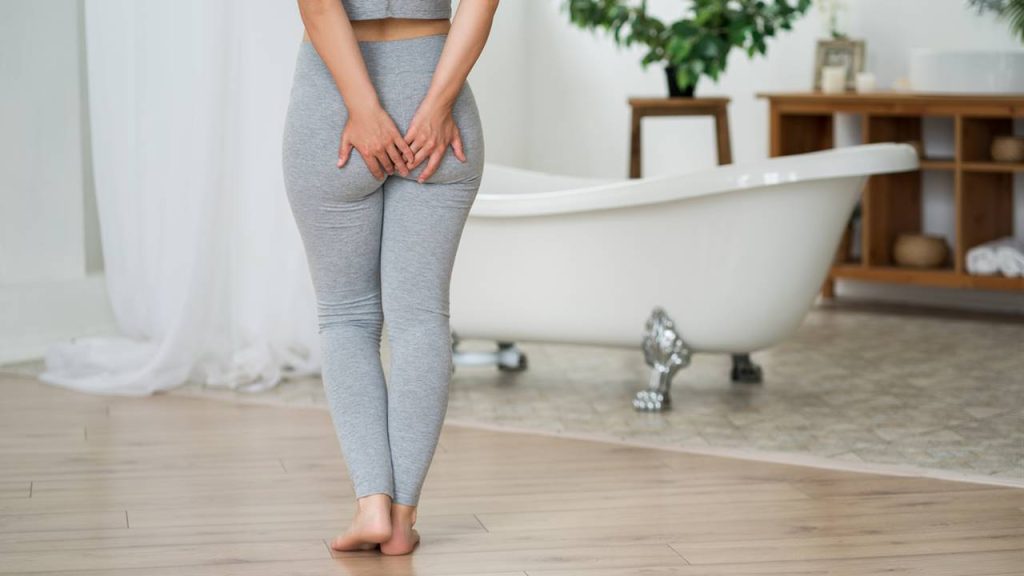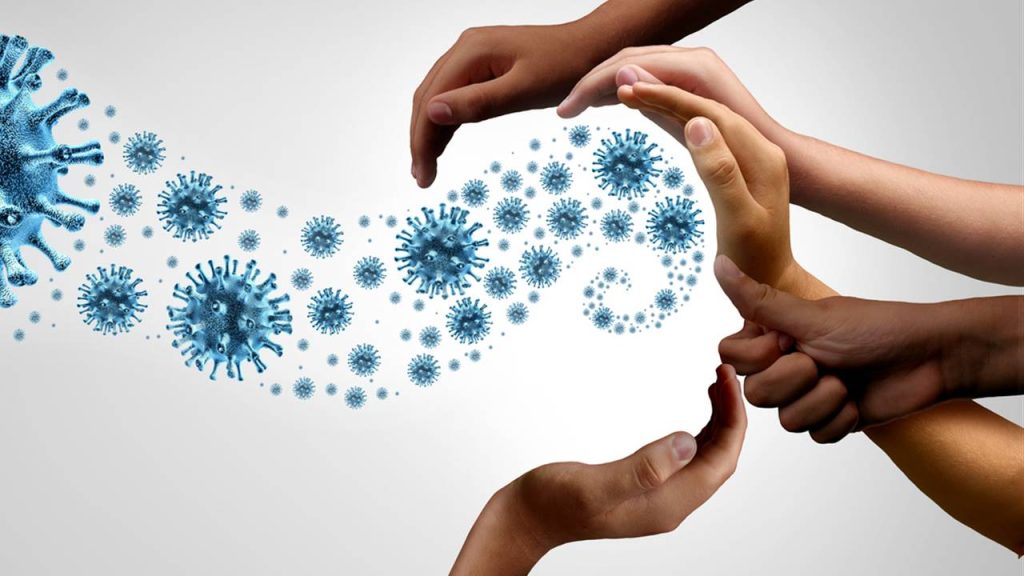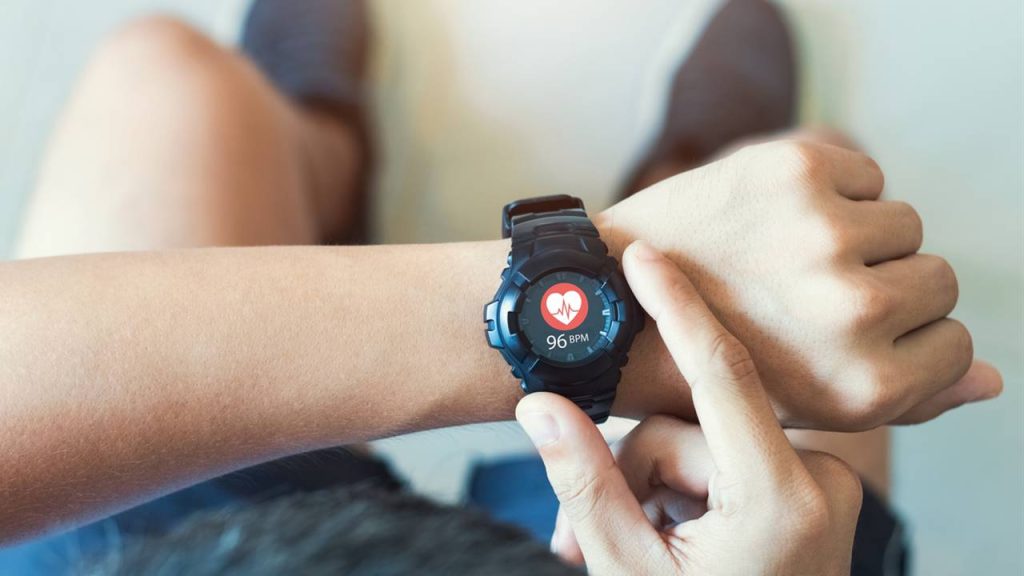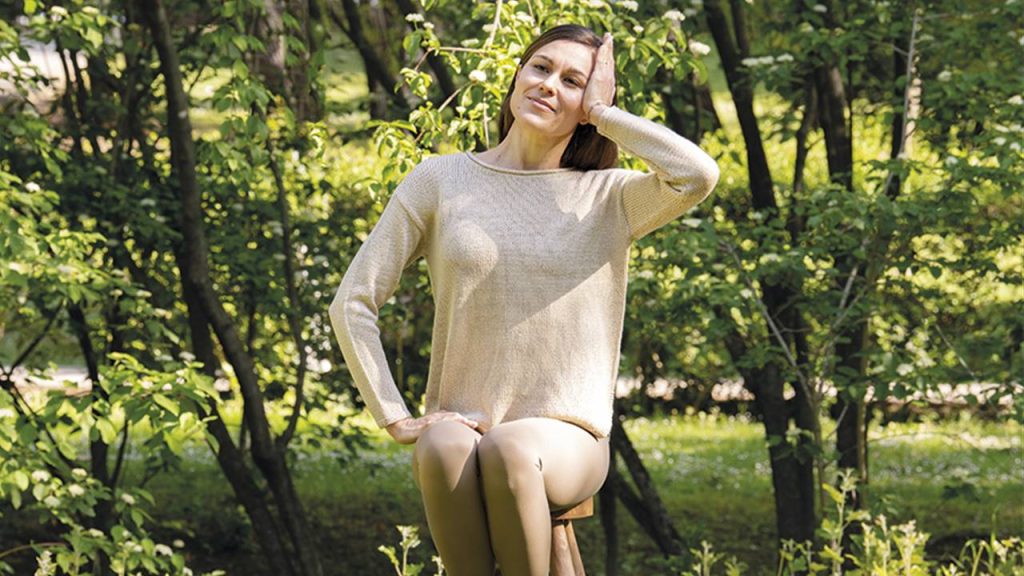It is a natural phenomenon too relativized and feared, which insists on medicalizing when the solution lies in maintaining adequate hygienic behavior.
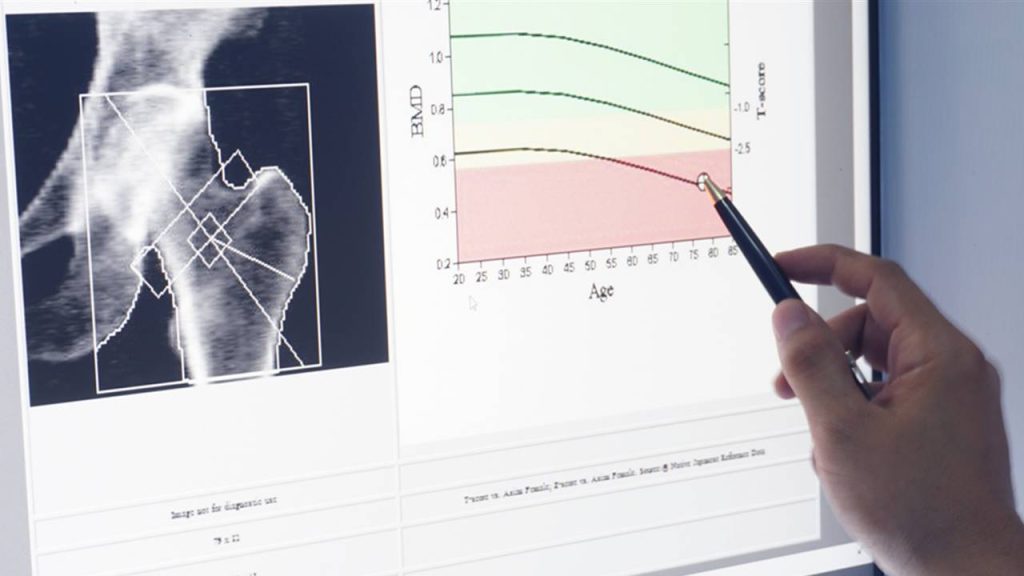
- What is osteoporosis?
- Osteoporosis: symptoms
- Osteoporosis: natural treatment to prevent
- Exercise to increase bone mass
Osteoporosis is a natural phenomenon too relativized and feared, which insists on medicalizing when the solution lies in maintaining adequate hygienic behavior. We tell you what this disease consists of and how to prevent osteoporosis with a natural treatment.
WHAT IS OSTEOPOROSIS?
Osteoporosis is defined as the decrease in bone mass per unit volume relative to what is considered normal for a certain age, sex, and race. It is a quantitative alteration since, although there is less bone, what remains is normal.
This loss of bone mass sometimes leads to an increased risk of fracture, mainly of the hip, spine and colles (the distal part of the radius).
This loss of bone tissue is due to a decrease in the calcium stocks contained in bones, which become porous and lose their strength.
OSTEOPOROSIS: SYMPTOMS
- Diffuse but tenacious pains, usually dorsal or lumbar.
- Deformations due to the crushing of the vertebrae that are compressed. The person arches or slouches.
- A progressive decrease in height, between 3 and 12 cm.
- It has generally been called the silent disease, because sometimes very decalcified areas are only detected on x-rays or in people who have already suffered bone fractures.
The reaction to osteoporosis depends on each person, the severity of the process, whether it causes pain or deformations, the psychology of the patient and their culture, whether it disables them in their family and social context…
It is important that the person correlates the benefits of exercise with those of a balanced diet and an optimistic attitude, of great importance in the long term.
Osteoporosis often manifests itself in the context of multiple sensory losses (sight, hearing, etc.), which in turn lead to a loss of personal relationships and the ability to use affective resources, just when it is also common for friends and even the spouse to die.
Then there is anguish, irritation at feeling old, regrets and even depression. It is important to become aware of the situation and have a realistic hope.
OSTEOPOROSIS: NATURAL TREATMENT TO PREVENT
Preventing bone loss is actually the best treatment for osteoporosis. It is therefore important to initiate prophylaxis before the definitive loss occurs.
EXERCISE REGULARLY
It makes joints and the entire bone structure more flexible and strengthened. It is the safest way to avoid osteoporosis.
EAT CALCIUM-RICH PRODUCTS
Foods rich in calcium are milk and its derivatives but also cereals, dried figs, soy tofu, legumes or hazelnuts. From the age of 50, to ensure the body’s needs without depleting the capital of the bones, 1 to 1.5 g of calcium are needed daily in the diet.
In addition, it is advisable to eat healthy. The precious mineral salts and trace elements essential to protect the bone system are found primarily in legumes, fruits, whole flours, seeds, cereals and almonds.
A diet based on these foods is likely to provide sufficient amounts of calcium, fluorine, boron and silicon to make solid bones.
OSTEOPOROSIS: SYMPTOMS
- Diffuse but tenacious pains, usually dorsal or lumbar.
- Deformations due to the crushing of the vertebrae that are compressed. The person arches or slouches.
- A progressive decrease in height, between 3 and 12 cm.
- It has generally been called the silent disease, because sometimes very decalcified areas are only detected on x-rays or in people who have already suffered bone fractures.
The reaction to osteoporosis depends on each person, the severity of the process, whether it causes pain or deformations, the psychology of the patient and their culture, whether it disables them in their family and social context…
It is important that the person correlates the benefits of exercise with those of a balanced diet and an optimistic attitude, of great importance in the long term.
Osteoporosis often manifests itself in the context of multiple sensory losses (sight, hearing, etc.), which in turn lead to a loss of personal relationships and the ability to use affective resources, just when it is also common for friends and even the spouse to die.
Then there is anguish, irritation at feeling old, regrets and even depression. It is important to become aware of the situation and have a realistic hope.
OSTEOPOROSIS: NATURAL TREATMENT TO PREVENT
Preventing bone loss is actually the best treatment for osteoporosis. It is therefore important to initiate prophylaxis before the definitive loss occurs.
EXERCISE REGULARLY
It makes joints and the entire bone structure more flexible and strengthened. It is the safest way to avoid osteoporosis.
EAT CALCIUM-RICH PRODUCTS
Foods rich in calcium are milk and its derivatives but also cereals, dried figs, soy tofu, legumes or hazelnuts. From the age of 50, to ensure the body’s needs without depleting the capital of the bones, 1 to 1.5 g of calcium are needed daily in the diet.
In addition, it is advisable to eat healthy. The precious mineral salts and trace elements essential to protect the bone system are found primarily in legumes, fruits, whole flours, seeds, cereals and almonds.
A diet based on these foods is likely to provide sufficient amounts of calcium, fluorine, boron and silicon to make solid bones.
BENEFIT FROM PHYTOTHERAPY
Plants rich in silicon are good complements to a general treatment.
- Galeopsis (Galeopsis tetra hit). One or two cups daily of its infusion are recommended (from 20 to 30 g of dried plant per liter of water).
- Horsetail (Equisetum arvense). Very rich in mineral substances, especially silicon and potassium. Its decoction is prepared with 4 or 5 g of plant per liter of water, which are boiled for 15 minutes. Four cups a day are indicated, resting ten days out of thirty.
- Harpagophytum procumbens. Only in cases of pain. A teaspoon of plant is boiled for half a liter of water for one minute. It is left to rest overnight, strained and divided into 3 glasses, to take one before each meal.
ELIMINATE RISK FACTORS
Alcohol, tobacco, coffee and salt are the great enemies of bone health.
Monitor drugs.
- Corticosteroids. In osteoporosis caused by taking drugs with corticosteroids, bone loss is usually very high.
- Anticonvulsants. These medications are prescribed against epilepsy and jerky seizures. By impairing the metabolism of the liver, they cause a lack of vitamin D and, consequently, a deficit of calcium.
- Antacids. They neutralize gastric acid and are taken especially in case of stomach ulcer. Antacids contain aluminum, which causes a high elimination of calcium and, therefore, the loss of bone mass.
- Thyroid preparations. High doses of thyroid preparations act in a similar way to thyroid hyperfunction on bone metabolism.
The carbon dioxide in carbonated beverages generates acidity. To neutralize and eliminate it, the body uses alkaline reserves, especially potassium and calcium. Too much acidity drains calcium from the bones. Better to moderate your consumption.
To reduce acidity, it is advisable to eat alkalizing foods, such as fruits and vegetables, but also to breathe well, because oxygen alkalizes the liquids in which the cells bathe. Moving, walking, and running helps the blood circulate and remove acidic waste.
SOAK UP SOME SUN
Exposure of the skin to the sun makes possible the synthesis of vitamin D, necessary for intestinal absorption of calcium.
MASSAGE YOURSELF
The application of massage as a treatment for osteoporosis is a good therapy, especially for sedentary people. It should always be done in a gentle way.
The vasodilator effect provided by the action of massage offers the osteoporosis patient passive gymnastics, in addition to providing him with a general rest. The most suitable handling techniques are: digital passes, typing, digital kneading, bearings, digit-palmar and octopus-thumb kneading, digital rubbing, circumflex digital friction, emptying and vibrations.
Osteopathy techniques, such as spinal manipulation, are excluded.
FACTORS THAT FAVOR OSTEOPOROSIS
Some risk factors are impossible to avoid because they are genetic or medical. On the contrary, there are others that are controllable, related to lifestyle and on which you can act.
WHO IS AT GREATER GENETIC RISK FOR OSTEOPOROSIS?
- Women who have cases of osteoporosis with fractures in their close relatives may have inherited a tendency to this condition.
- Those that are thin, short and poorly muscular are more threatened than thicker ones because they make less estrogen.
- For reasons directly related to estrogen deprivation, those who have had a natural early menopause or who have had an excision of the ovaries, are at a clear disadvantage.
- White women, fair-skinned and blond hair, as well as Asian women, are more likely to suffer from osteoporosis than black women, who have greater bone mass.
- Finally, some diseases that require surgical ablation of a part of the intestine or stomach (such as Crohn’s disease) also come into play, which leads to a decrease in intestinal calcium absorption.
WHAT RISK FACTORS FOR OSTEOPOROSIS CAN BE PREVENTED?
- Sedentary life and, with greater reason, prolonged immobilization, sometimes inevitable, accelerate the decrease of calcium in the bones.
- Tobacco acts in several ways: on the one hand, it hinders the digestive absorption of calcium and, on the other, it accelerates the arrival of menopause.
- Alcohol in excessive doses acts negatively on the ovaries and also accelerates the loss of calcium.
- Caffeine abuse is undoubtedly one of the biggest causes of bone loss.
- An inadequate diet low in calcium and excessive in protein accelerates the loss of bone mass.
- Proteins are rich in nitrogen and phosphorus, and to compensate the body tends to extract calcium from bone.
- In addition, salt increases the excretion of calcium in the urine.
- High doses of calcium, fats, proteins and alcohol inhibit the absorption of magnesium, a mineral that is also part of the bones. Foods rich in magnesium are whole grains and vegetables.
- The lack of vitamin D, which is synthesized thanks to solar radiation that reaches the skin and is then stored in the liver, does not allow intestinal absorption of calcium. It is recommended to sunbathe regularly five or ten minutes a day, especially in winter, even if only on the hands and face.
EXERCISE TO INCREASE BONE MASS
Regular physical activity strengthens the muscles, which in turn stimulate the bones because they favor their blood supply and provide them with the oxygen and substances they need.
- Walking. Twenty minutes a day walking and muscular and tonic exercises three times a week are enough to energize the muscles and skeleton. Sudden movements must be avoided.
- Running. Women who run regularly increase their bone mass considerably compared to those who do not practice any physical activity.
- Swimming. Swimming and water exercises decrease weight on the vertebrae and pain, and improve adjacent musculature.
BONE AS LIVING TISSUE
Bone is not an inert tissue but in continuous renewal. The body is constantly destroying (osteolysis) and building (osteogenesis) bone tissue, in a process called bone remodeling.
The destruction is carried out by the cells called osteoclasts and the construction of the osteoblasts. Both work throughout life.
During growth (childhood and youth), osteoblastic activity is greater, with which the skeleton grows and bone mass increases until maturity (30-35 years), when peak bone mass is reached.
90% of that maximum bone mass accumulates before the age of 20 and the remaining 10% between the ages of 20 and 35. When the activity between osteoclasts and osteoblasts is balanced, bone mass remains constant.
From the age of 30-35, the balance between bone formation and resorption (destruction) is altered, and the activity of osteoclasts exceeds that of osteoblasts. During pregnancy and breastfeeding, bone is protected against calcium loss, contrary to popular belief.
Calcium metabolism constitutes an inextricable network of active equilibria: the variation of a single mineral produces cascading alterations.

